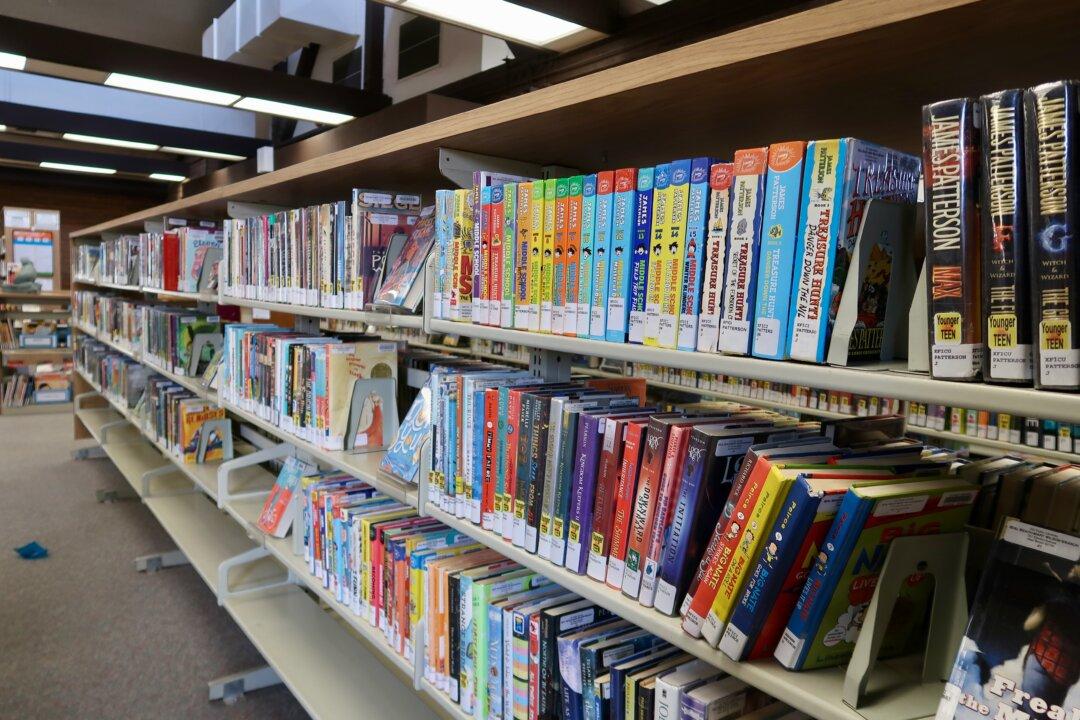Commentary
The perennial discussion about the reading ability of Australia’s primary and high school children reached yet another milestone with the publication of a report by the Grattan Institute.

The perennial discussion about the reading ability of Australia’s primary and high school children reached yet another milestone with the publication of a report by the Grattan Institute.